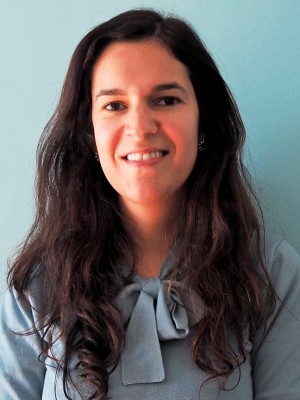abstract
In the present study two new phages (phT4A and ECA2) were characterized and their efficacy was evaluated separately and in cocktail (phT4A/ECA2) to control Escherichia coli. The isolated phages, phT4A and ECA2, belonged to the Myoviridae and Podoviridae family, respectively and both are safe (no integrase and toxin codifying genes) to be used in bacterial control. In general, the increase of multiplicity of infection (MOI) from 1 to 100 promoted a significant increase in the efficiency of phage phT4A and phage cocktail phT4A/ECA2. Both phages were effective against E. coli, but phage phT4A (reduction of 5.8 log CFLI/mL after 8 h treatment) was more effective than phage ECA2 phage (reduction of 4.7 log CFLI/mL after 8 h treatment). The use of a cocktail phT4A/ECA2 was significantly more effective (reductions of 6.2 log CFU/mL after 6 h treatment) than the use single phage suspensions of phT4A and ECA2 (reductions 5.3 log CFU/mL and 4.9 log CFU/mL, respectively, after 6 h treatment). The rate of emergence of phage-resistant mutants was lower for phage phT4A when compared with phage ECA2 and phage cocktail phT4A/ECA2.The results indicate that in addition to the efficacy, the potential development of phage-resistant mutants must also be considered in the design of phage cocktails. (C) 2016 Elsevier B.V. All rights reserved.
keywords
BIVALVE SHELLFISH; PHAGE COCKTAILS; PSEUDOMONAS-PLECOGLOSSICIDA; VIBRIO-PARAHAEMOLYTICUS; KLEBSIELLA-PNEUMONIAE; BACTERIAL-INFECTIONS; SALMONELLA-ENTERICA; RESISTANCE; THERAPY; COST
subject category
Virology
authors
Pereira, C; Moreirinha, C; Lewicka, M; Almeida, P; Clemente, C; Romalde, JL; Nunes, ML; Almeida, A
our authors
acknowledgements
This work was supported by FEDER through COMPETE - Programa Operational Factores de Competitividade, and by National funding through Fundacao para a Ciencia e Tecnologia (FCT), within the research projects FCOMP-01-0124-FEDER-013934 and PROMAR 31-03-05-FEP-0028. Thanks are also to Centre for Environmental and Marine Studies (project Pest-C/MAR/LA0017/2013), and to Department of Biology of University of AveiroFinancial supports to Pereira C. in form of a PhD grant (SFRH/BD/76414/2011), Moreirinha C. in form of a Postdoctoral grant (ENV/ES/001048).


